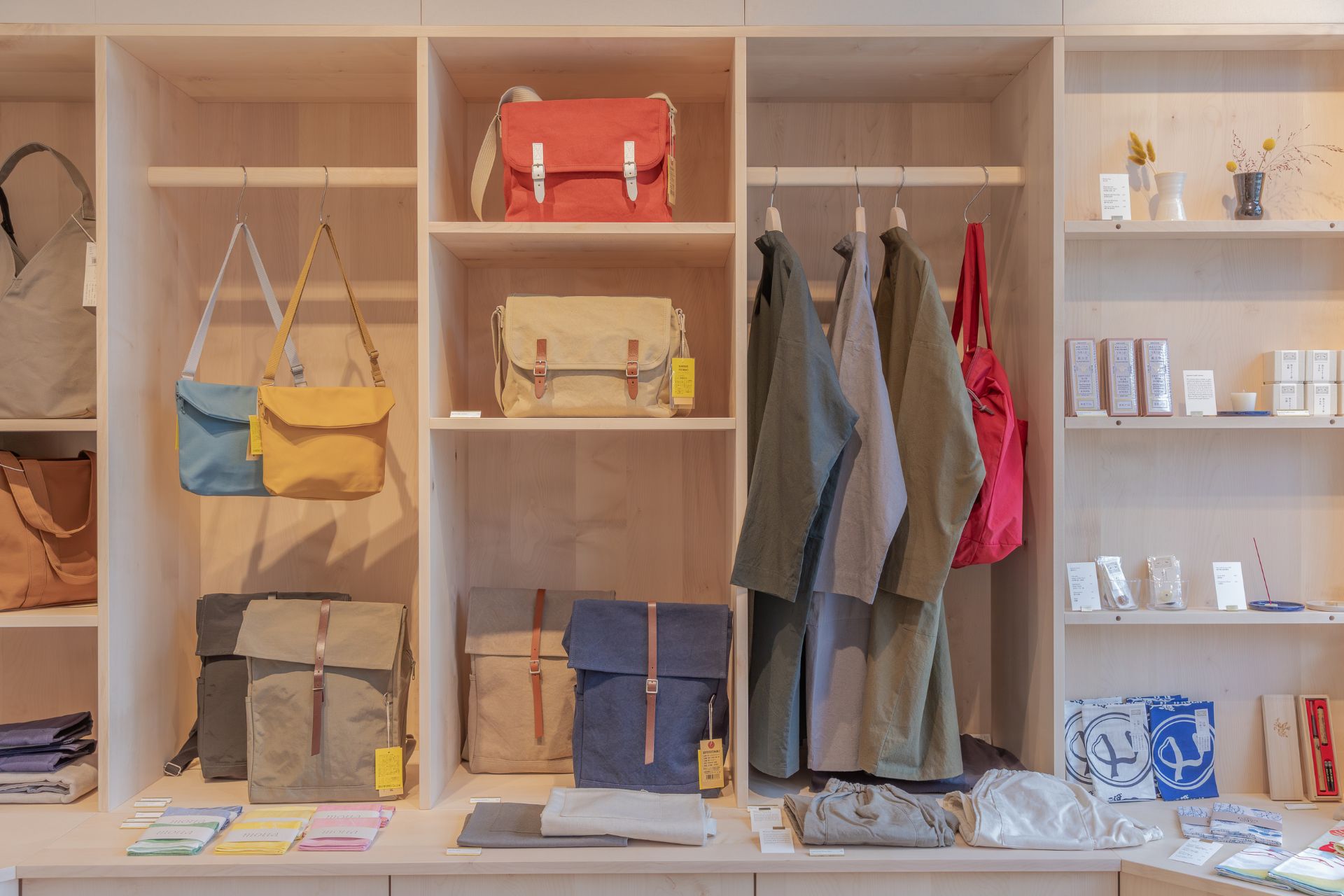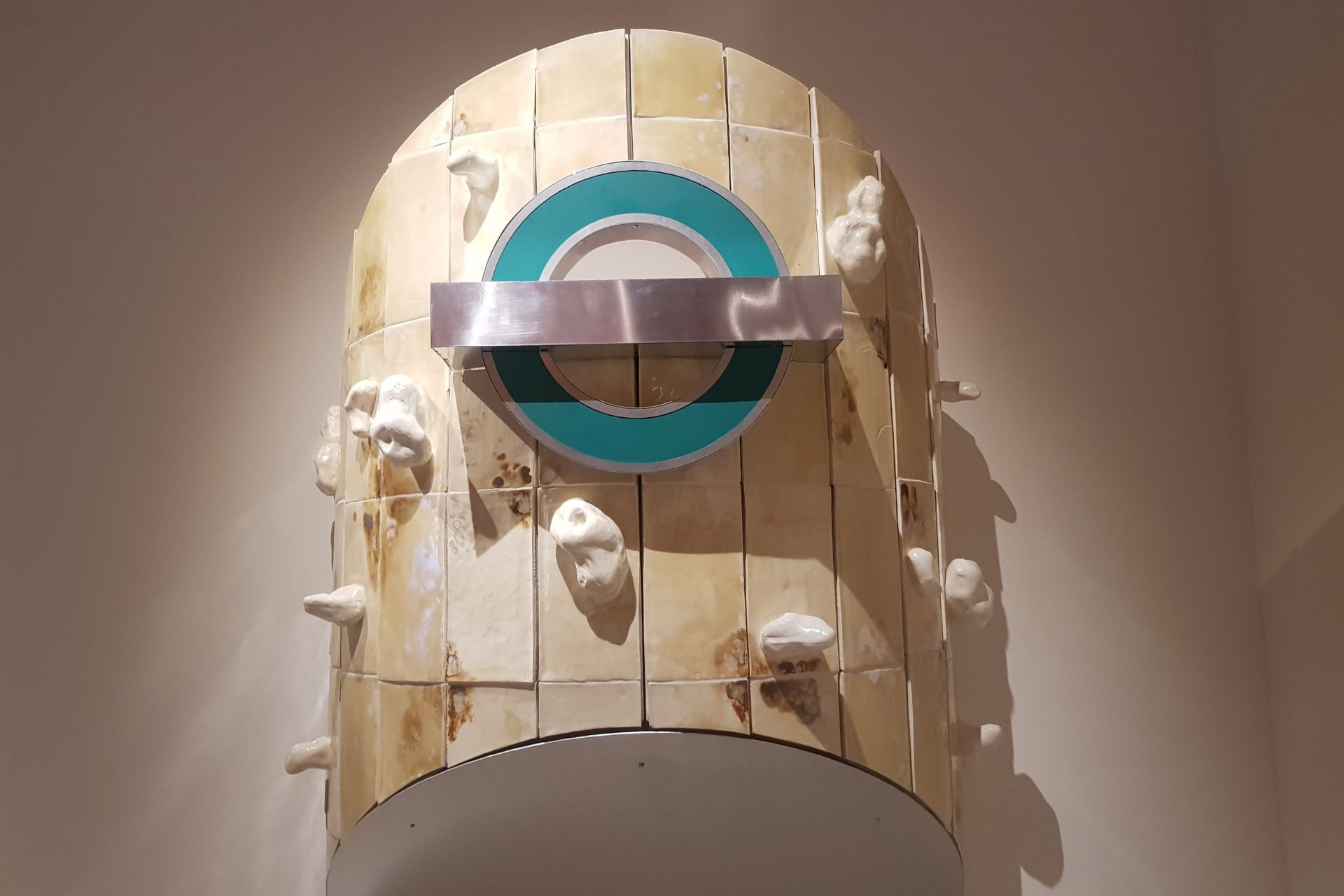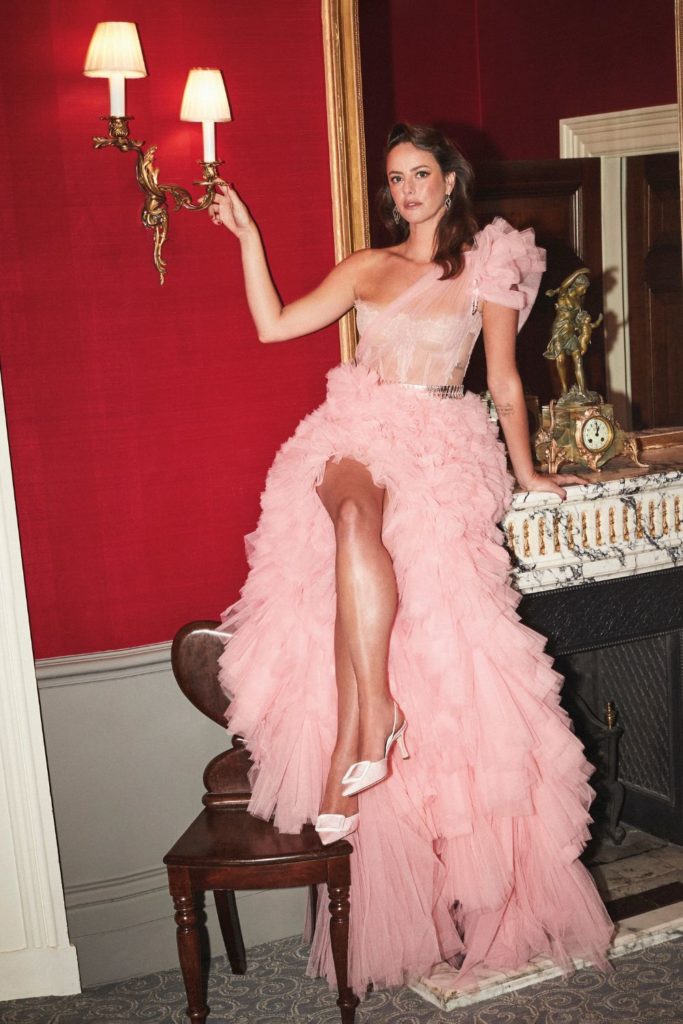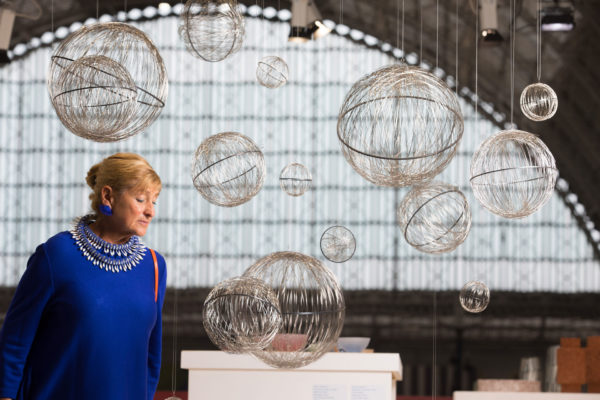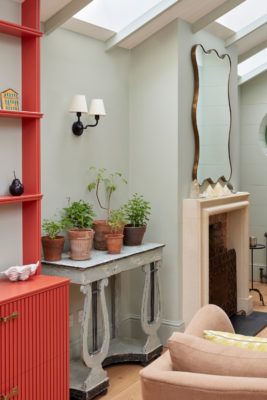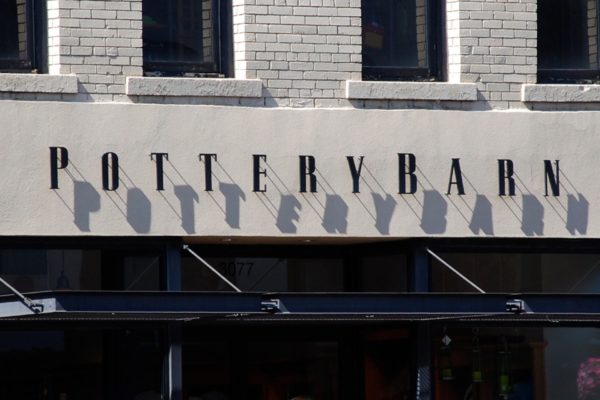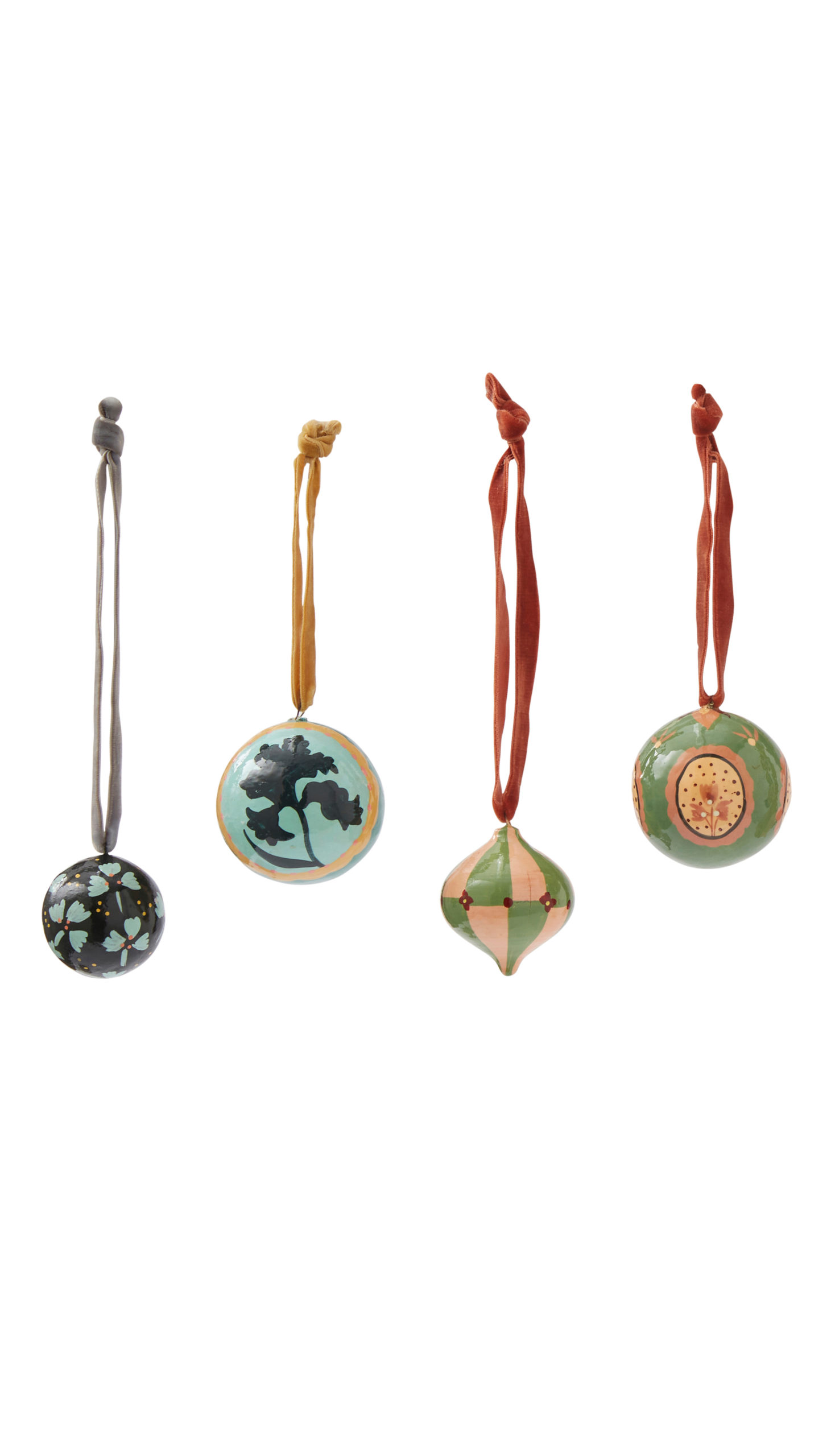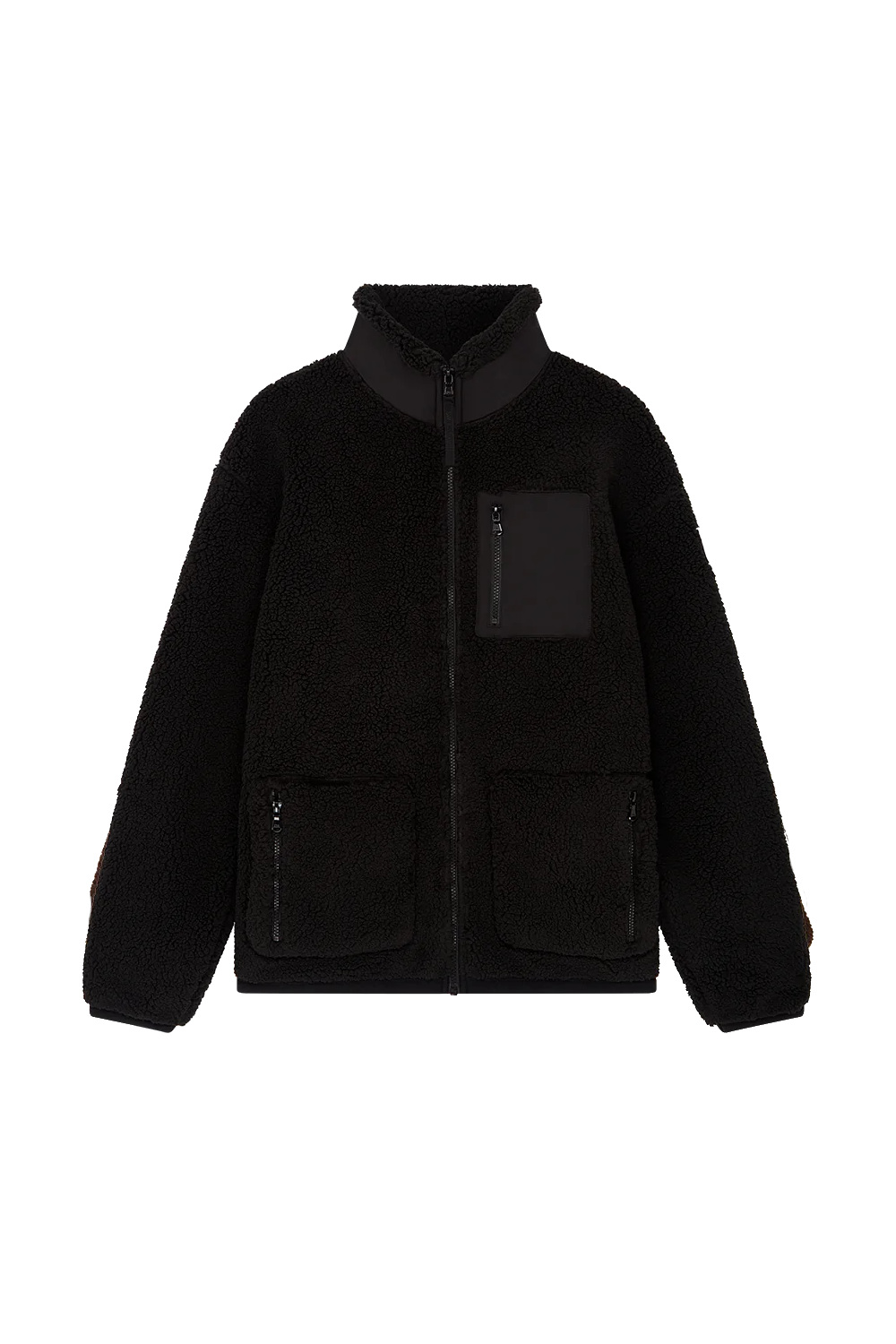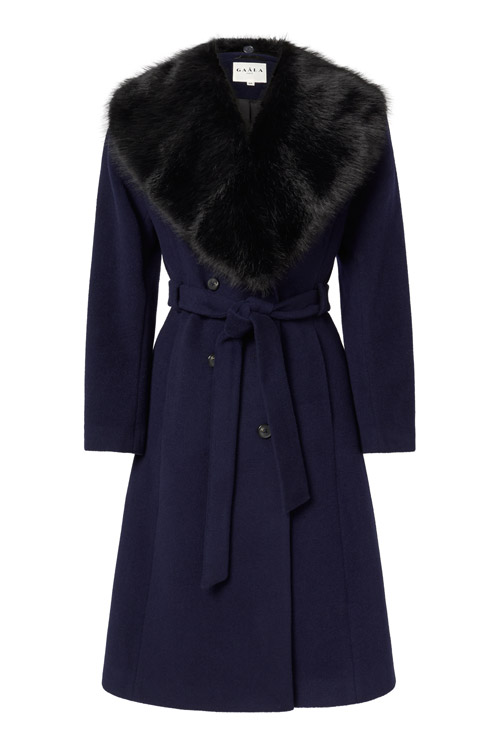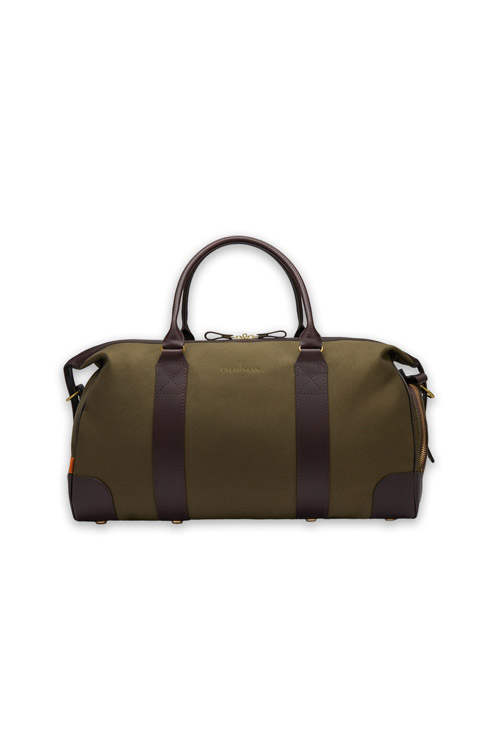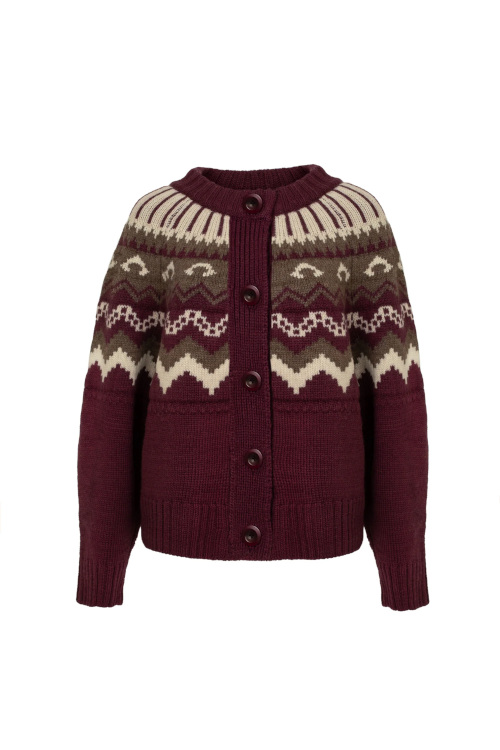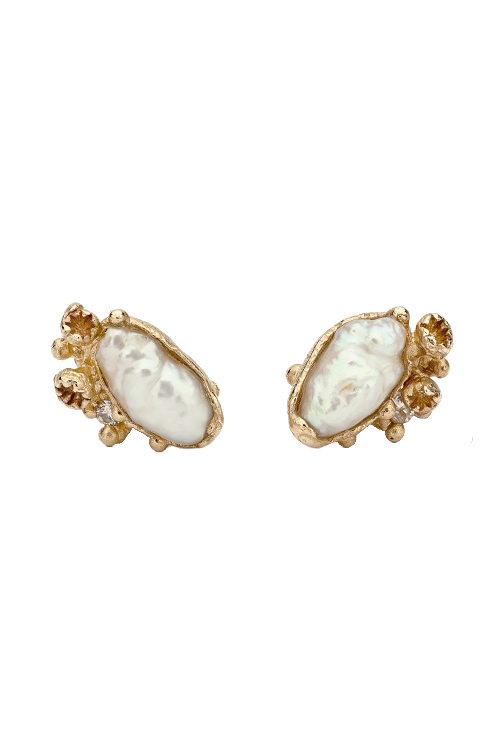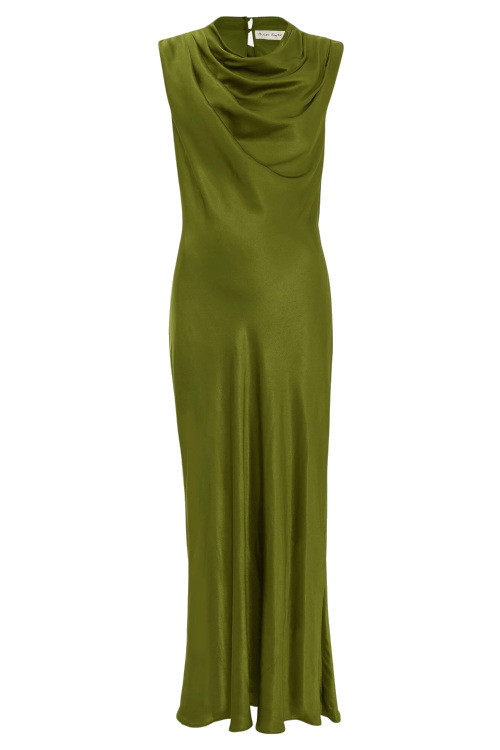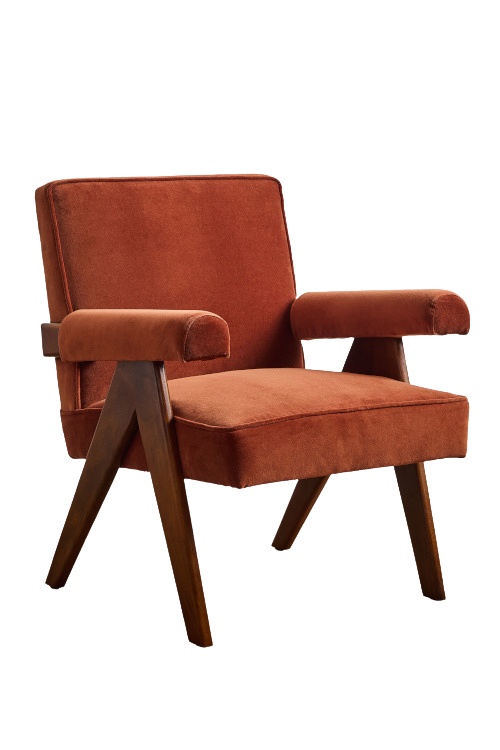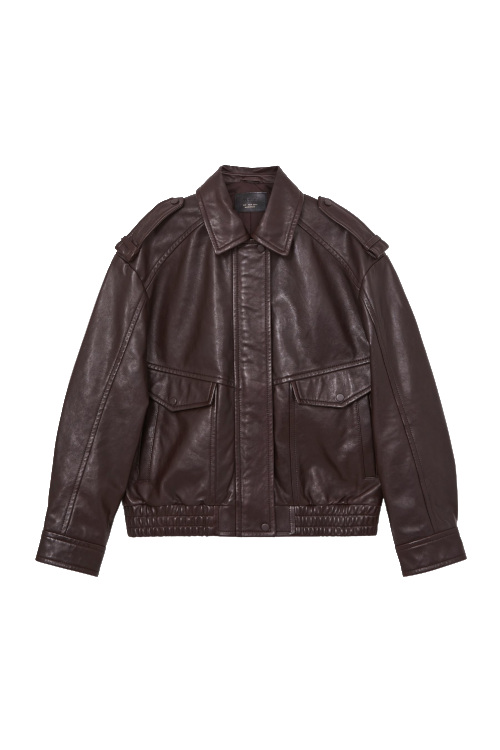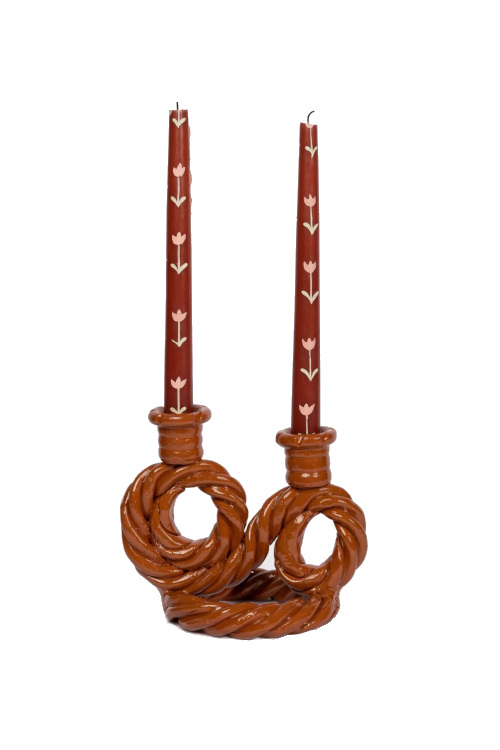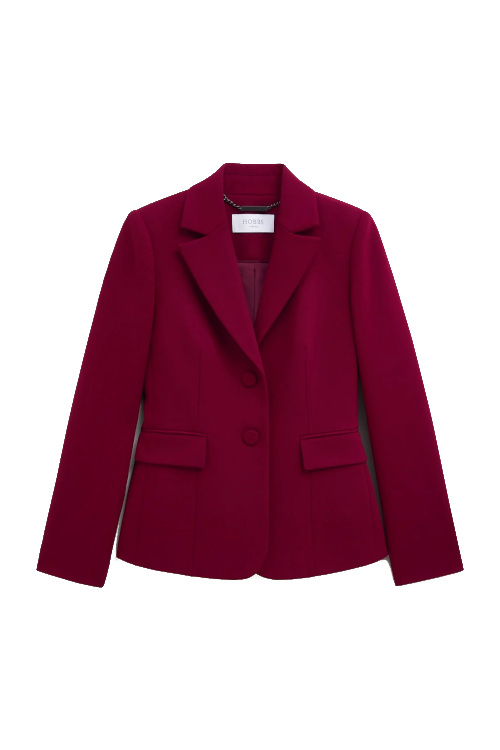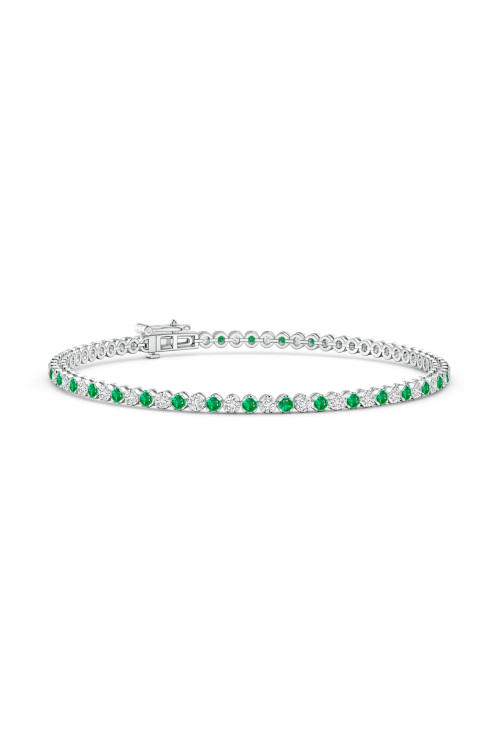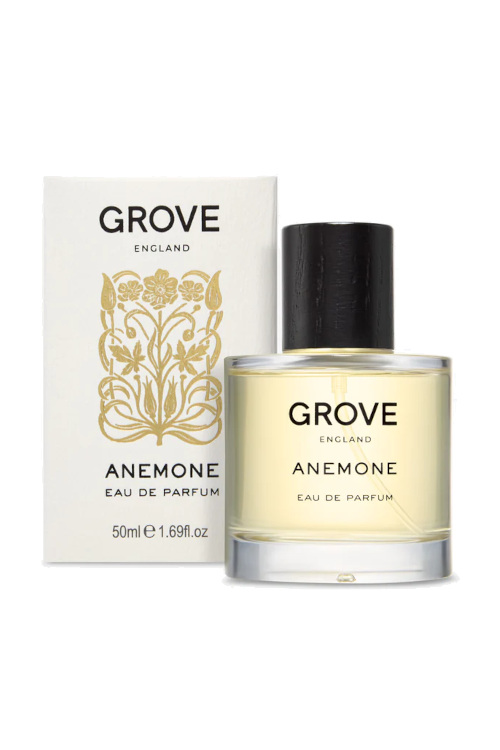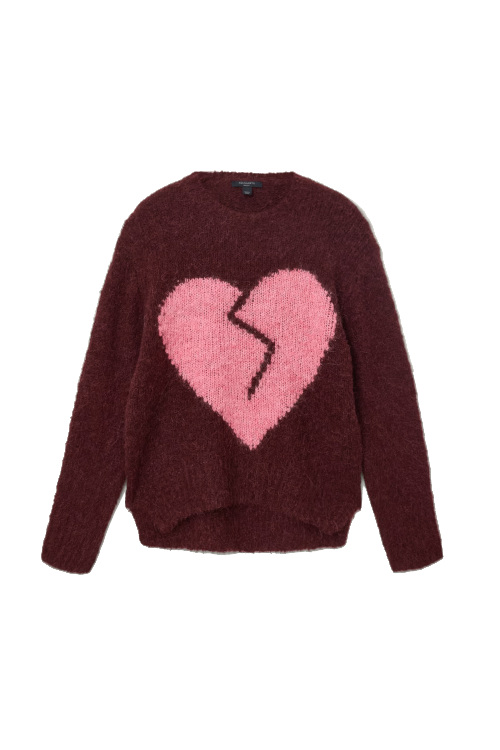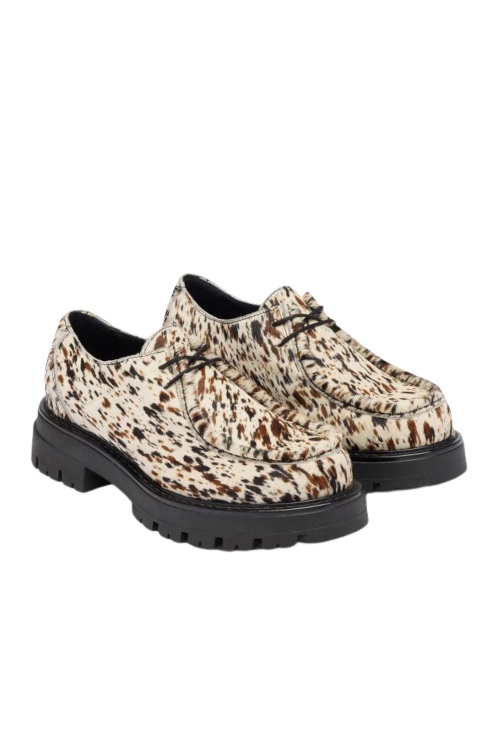London Design Festival 2025 Review: Plus The Exhibits You Can Still See
By
2 months ago
Didn't make it to the festival? Here's everything you missed and can still see

With many industries facing challenges over the past five years, particularly economic crises, AI threats and more, this somewhat casts a dark shadow over creativity. However, the London Design Festival, which annually and determinedly supports established and emerging designers, brings some ‘sunshine’ back into design. By enabling new pathways and platforms to ensure the festival is a stellar affair, the 2025 edition was certainly a case of ‘job done’. Let’s see if the recent UK government’s investment of £380 billion in the creative arts will help boost one of the country’s most prolific and globally inspirational industries.
Throughout LDF, the capital was positively heaving with fine design. Mapping 10 distinct districts throughout the city, and with events, installations and presentations taking place from AM to PM, the festival unleashed some surprising creations whose humour, ingenuity, cerebral materiality, curious qualities and pleasing artistry drive the festival forward. With trends evident in modular furniture and non-Western design, and inspiration consistently drawn from the natural world, the pragmatic, fun and radical reigned. Given other giants, including London Fashion Week, Open House and the launch of the C&TH Chelsea Arts Festival, which ran parallel with LDF, there was an overwhelming cultural choice. And of course, potential FOMO, alongside the guilt of excluding many exceptional practitioners. Hence, this round-up review posits the best LDF-related designs that also remain accessible once the wild week of the fest closes.
The Very Best Of London Design Festival 2025
JOMONJOMON – The V&A until 20 October 2025
As part of the London Design Festival launch, LDF’s partner institution, the Victoria & Albert Museum presented JOMONJOMON, a truly remarkable series by Ryunosuke Okazaki. Marking his European debut with a show of seven works, the artist’s latest creations are at once organic and other-worldly. A convergence of sculpture and fashion, architecture and art, nature and culture, frankly it is a must-see. Born and raised in Hiroshima, Japan, where the atomic bomb was dropped in 1945, Okazaki transforms a lifelong wish for peace into the central theme of his work. Presented against a backdrop of dark colour space, the JOMONJOMON series is dramatic and striking with a sense of the sacred. His work draws inspiration from the sculptural pottery of Japan’s Jōmon period (c.14,500 to 300 BC), among the world’s earliest known examples of clay work. These ritualistic vessels are believed to express reverence for nature and hope for life’s blessings. Okazaki channels ancient spirituality into futuristic garments, combining symmetrical forms with complex curves. Ozakazi’s work bears a striking resemblance to that of Dutch designer Iris Van Herpen, whose work is consistently ahead of the curve and in tune with the zeitgeist.
More than Human Exhibition – London Design Museum until 5 October 2025
This week is the final week to see the Design Museum’s More than Human exhibition, a refreshing, philosophical, ethical and inspired look at how the animal, mammal, plant kingdom and other living organisms could benefit from design, and places these centre-stage. That’s us humans knocked off our perch. The exhibition’s narrative focuses on the wider world as manoeuvred through the lives of animals, and this is its magic. Magnetic and at times, surreal and silly (why not?), sees iconic actor Isabella Rossellini in several creature costumes and whose instantly recognisable voice can be heard before she is seen on screen.
More than Human draws attention to how the human animal has often created designs at the expense of the animal/natural world, which further negatively impacts the ability to regenerate. This sits somewhat uncomfortably within the wider realm of design, with its consistently new products. Yet, creatives well, create, and we consumers demand and receive, hence this dilemma warrants a feature in itself. Of course, both the natural and cultural worlds are highly valid. The exhibition highlights the importance of considering animals in a far more empathetic manner. The science speaks for itself, and for too long it has been convenient to regard the animal world less consciously.
Praise in particular to James Powell for his ‘Dovecote for London’ and reshaped for pigeons, a much maligned and controversial species. Few other animals are so intertwined with the places we live, yet many people regard them with revulsion rather than respect (and some buildings use acid to burn the claws and feet of pigeons landing there). Powell is an architect with a specialism in sustainable and ecological design, and whose residency at the Design Museum saw him exploring the shared histories of humans and pigeons. Powell’s fabulous and speculative design proposes forming a citywide agricultural system which utilises guano (pigeon poo) as an asset to urban farms as fertiliser. Rather than being separated into isolated nature reserves, the project imagines a city designed for different species to live together better. Here, here!
PORRO – King’s Cross Store
Heritage Italian brand, PORRO, a noted design innovator, this year celebrates a century of design evolution. With a new realm of comfort and softness, the LDF was their launching point for the brand’s fresh new furniture creations. Designed by Dordoni Studio/Lissoni, the modular Biscuit sofa by Piero Lissoni is a receptive and rigorous design raised on slender metal feet covered in wood, and whose calming quality is enhanced by cool, earthy tones. Here, formal and informal coexist, and soft geometries interact with natural materials, perfectly in line with Porro’s distinctive style.
Currently, their Kings Cross store (close to the now dahhhhling of design, Tom Dixon, store) is also showcasing the Origata console from 2024. This timeless classic by Nao Tamura in arancio siena lacquer showcases a monolithic design inspired by the art of creating kimonos. The renowned and revered traditional Japanese garment is crafted from rectangular fabric, flat cut in straight lines and sewn together to minimise waste. Hence the Origata is crafted from a single sheet of aluminium, cut and assembled using screws to maximise material efficiency. The console’s apparent simplicity and elegance have created an irresistible and timeless piece of design which combines past and present.
Nagakawa Pop-Up Store – Shoreditch until July 2026
After more than three centuries of preserving Japan’s finest craft traditions and collaborating with over 800 artisans nationwide, Nakagawa will open its first outpost in London’s vibrant Shoreditch design district. The new lifestyle store is its strategic and significant first foray into Europe. Presenting an elegant and select curation of authentic Japanese kogei – heritage crafts, for discerning design-ophiles seeking meaningful and sustainable alternatives to mass-produced goods.
Established in 1716, when founder Nakaya Kihei launched a merchant business in Nara, it specialises in Nara-Sarashi, a finely woven ramie cloth once favoured by samurai, Japan’s elite warriors. Over generations, Nakagawa has evolved while remaining true to the spirit of craftsmanship. Today, the company works with an extensive network of artisans across Japan, from ceramicists in Shigaraki to metalworkers in Takaoka, creating contemporary essentials rooted in centuries of tradition. Showcasing around 500 items from a curated selection of textiles, ceramics, lacquerware and home accessories that embody the philosophy of living a ‘fulfilling lifestyle’.
LDF Brompton Design District
In 2025, British-Italian curator, writer and gallerist Alex Tieghi-Walker succeeds the legacy left by the Jane Withers Studio. The evocative programme of exhibitions was designed to connect guests to materials, people, and place through narrative and experience, and one where Walker, known for his work at the intersection of craft, material culture and storytelling, excels. As founder of TIWA Select Gallery in New York, he brings a deeply personal, emotionally resonant curatorial approach to Brompton. This year’s theme, A Softer World, asks: what if design moved with care, and made space for us to do the same.
Thematically in tune, the softness and ethical approach presented by the brand, British Pasture Leather, with its Landlines explores the mission through the furniture of OTZI Studio and the photography of Jason Lowe. BPL is made from the hides of pasture-fed cattle raised on regenerative British farms, and together with Pasture for Life, connects design with landscapes that support biodiversity, soil health, animal welfare and thriving ecosystems. Featured at the Brompton Road Design District during LDF were OTZI Studio’s, whose furniture focuses on the beauty and individuality of the leather. Lowe’s photographs trace its story from farm to tannery to workshop, and Landlines invites visitors to reconsider leather not just as a material, but as a reflection of provenance, craft, and the living landscapes from which it originates, and with ongoing opportunities to learn more.
Mirroring Dialogues
Mirroring Dialogues, an exhibition that explored connections between artists working from diverse perspectives, featured works by Myles Igwebuike (curator of the Nigeria Pavilion at the 2025 London Design Biennale) and Darren Appiagyei (a participant of the London Design Biennale, whose stunning wood carvings and conceptual vessels produced statement products). Alongside textiles from artists of the African diaspora, the show shared questions, emotions and narratives across distinct practices. Placing these voices in, well, dialogue, Mirroring Dialogues honed in on how design can transcend form, geography and tradition, inviting audiences into a collective space of resonance, reflection, and exchange, as well as floral display exhibits by the School of Sustainable Floristry.
The Polish Poster; Now! – The Victoria & Albert Museum until February 2026
Art and politics often occupy the same space and, when they join forces, this powerful pairing has even greater impact. Given current global politics, including an ongoing war in Ukraine, Eastern Europe is acutely aware of President Putin’s potential to push for territory, including Poland. Thus, the display at the V&A of Polish posters is highly timely and poignant, and is the perceptive work of its V&A curator, Zorian Clayton. It captures the cultural and political zeitgeist with foresight, takes a sense of foreboding, and presents a wonderful spectacle in print form whose design content and subject matter is surreal, fun and optimistic. Bursting with intrigue, anarchy, daftness, drama and colour, the display lights up the V&A.
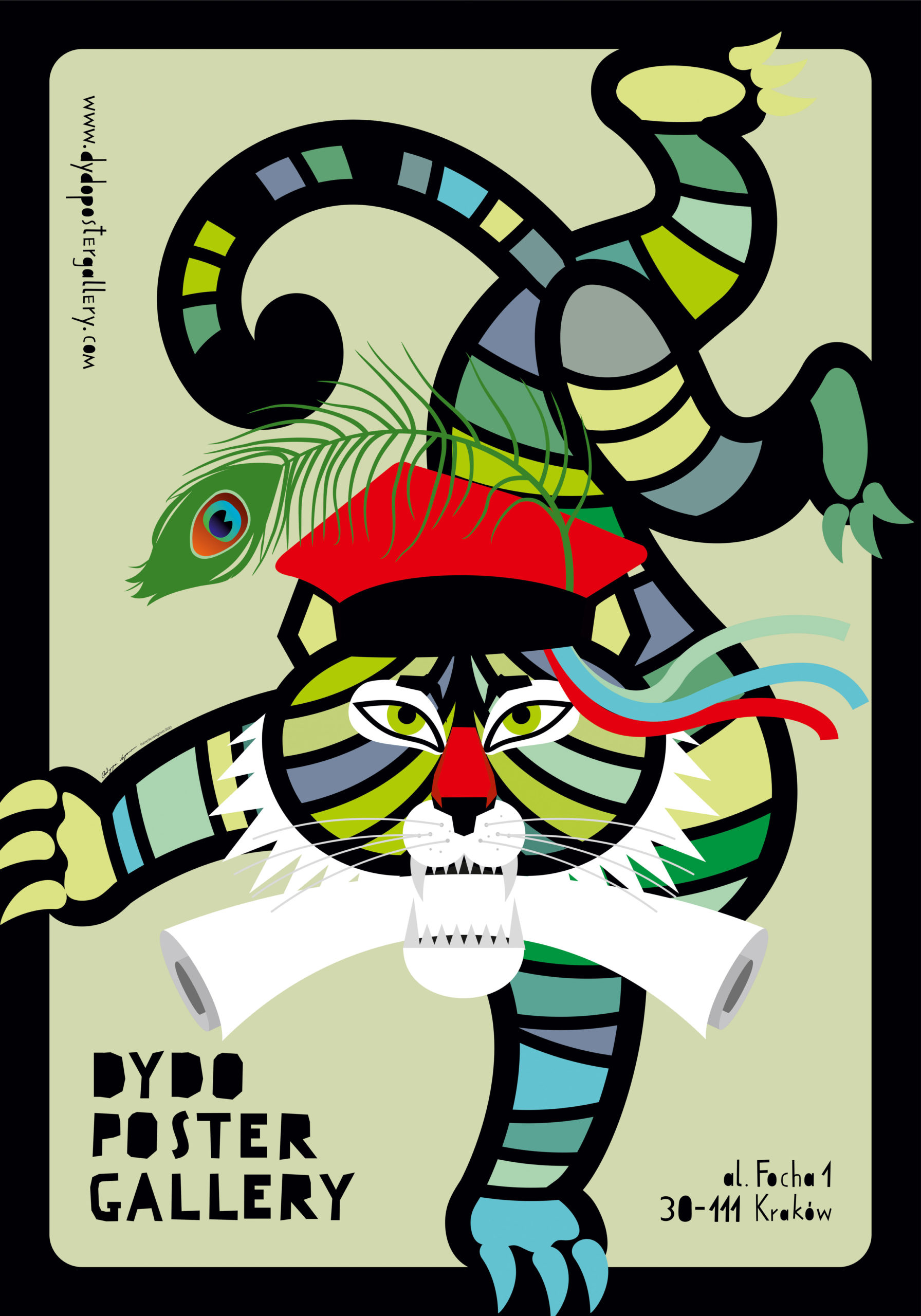
Patrycja Longawa Poster
Launched during LDF, his choice of four artists (who were unconsciously female), Ola Jasionowska, Patrycja Longawa, Kaja Renkas and Maja Wolna, are a selection of high-calibre contemporary practitioners whose individual style and independent spirit define their work. After Poland emerged from the Second World War, with heavily bomb-damaged streets lined with fences, a celebrated school of Polish graphic designers saw an opportunity for an otherwise abysmal expanse to become an open-air gallery. Using posters noted for their originality and surreal flair, they injected colour and hope into the world at a poignant time and created yet another Polish art movement. In the 21st century, Polish graphic design innovation is alive and well, often visible on hoardings which today mask extensive urban development. Clayton’s considered curation work, which will surely fuel a passion for the posters’ return as a fashionable design form. Though for some, it never waned.
Post LDF, V&A print curator, Zorian Claytons’ talk and presentation on the Polish Posters Now exhibition brimmed with fascinating facts, humorous insights and anecdotes, combined with enlightening concepts on Polish culture held the audience in audible awe. His thorough research thoughtfully presented how the poster remains a radical, political and critical mode of human expression. Not to mention, fabulous and curious.

